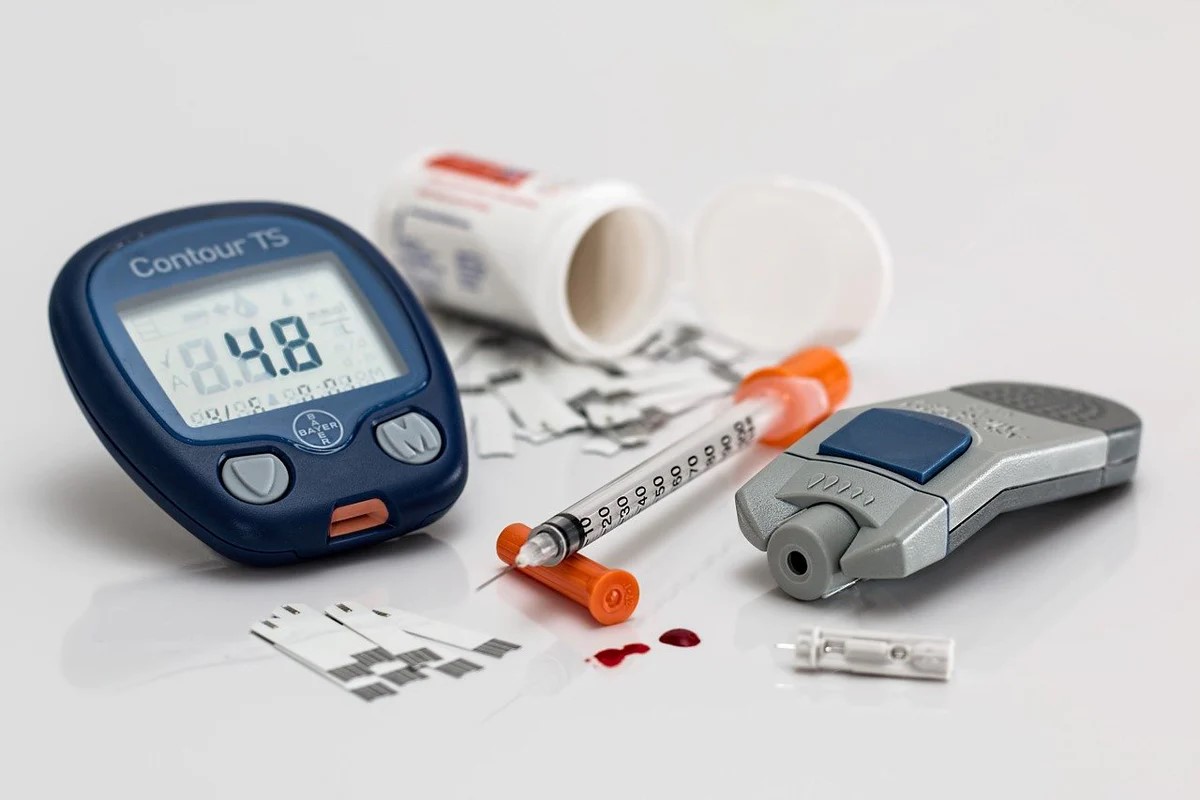

Articles
How To Store Prefilled Insulin Syringes
Modified: December 7, 2023
Learn how to properly store prefilled insulin syringes with our informative articles. Keep your insulin safe and effective.
(Many of the links in this article redirect to a specific reviewed product. Your purchase of these products through affiliate links helps to generate commission for Storables.com, at no extra cost. Learn more)
Introduction
Welcome to our comprehensive guide on how to store prefilled insulin syringes. For individuals with diabetes who require insulin injections, proper storage of insulin syringes is crucial to maintain the effectiveness and safety of the medication. Whether you’re new to managing diabetes or have been using prefilled insulin syringes for years, understanding the factors to consider and the best storage practices is essential.
Before we delve into the specifics of storing prefilled insulin syringes, it’s important to note that insulin is a hormone that helps regulate blood sugar levels. Insulin injections are a common treatment method for individuals living with type 1 diabetes, type 2 diabetes, and gestational diabetes. Prefilled insulin syringes, also known as insulin pens, provide a convenient and accurate way to administer insulin doses.
Proper storage of prefilled insulin syringes not only ensures the medication’s potency but also minimizes the risk of contamination or damage that could compromise its effectiveness. Factors such as temperature, light exposure, and handling must be taken into consideration when determining the appropriate storage method for your insulin syringes.
In this guide, we will explore the different factors to consider when storing prefilled insulin syringes, discuss the two primary storage options, provide tips for proper storage, and ensure you have all the necessary knowledge to keep your insulin syringes in optimal condition.
So, whether you rely on prefilled insulin syringes for daily injections or have recently started using them, let’s dive into the world of storage methods and techniques to keep your insulin safe and effective.
Key Takeaways:
- Proper storage of prefilled insulin syringes is essential to maintain their effectiveness and safety. Factors such as temperature, light exposure, handling, and expiration dates must be considered to ensure optimal storage conditions.
- Whether stored in the refrigerator or at room temperature, following specific guidelines and general tips for proper storage will help maintain the potency and reliability of prefilled insulin syringes. Regular consultation with healthcare providers is crucial for personalized guidance.
Read more: How To Store Insulin
Factors to Consider
When it comes to storing prefilled insulin syringes, there are several important factors to consider. These factors will help determine the best storage method to ensure the longevity and effectiveness of the medication. Let’s take a closer look at each factor:
- Temperature: Insulin is a temperature-sensitive medication. Extreme temperatures can affect its potency and efficacy. It is important to store insulin syringes within the recommended temperature range. Generally, insulin should be kept between 36°F and 46°F (2°C and 8°C). Extreme cold or heat can cause the insulin to become less effective or even expire.
- Light Exposure: Insulin is sensitive to light, especially direct sunlight and artificial light. Exposure to excessive light can degrade the insulin and reduce its effectiveness. Insulin syringes should be stored in a dark or opaque container to minimize light exposure. Avoid keeping them in areas where they are exposed to direct sunlight or fluorescent lights.
- Handling: Proper handling of insulin syringes is essential to maintain its effectiveness. It is important to avoid dropping or shaking the syringes, as it can cause air bubbles to form or damage the needle. Insulin syringes should be handled with clean hands to prevent contamination. Always follow the manufacturer’s instructions for safe handling and storage.
- Expiration Date: Insulin syringes have an expiration date printed on the packaging. It is essential to check the expiration date and discard any syringes that have expired. Expired insulin may not provide the desired blood glucose control and should not be used. Always monitor the expiration dates of your insulin syringes and replace them as needed.
- Travel: If you are traveling with prefilled insulin syringes, it is important to consider the storage conditions during transportation. Insulin syringes should be kept in a cool and dark place, away from direct sunlight or extreme temperatures. Portable insulin travel cases are available to help protect the syringes during travel.
By taking these factors into account, you can ensure that your prefilled insulin syringes remain effective and safe for use. Understanding these considerations will guide you in choosing the right storage option for your insulin syringes. Let’s explore the two primary storage methods in the next section.
Choosing the Right Storage Option
When it comes to storing prefilled insulin syringes, there are two primary storage options to consider: refrigeration and room temperature storage. Each option has its advantages and considerations, and the right choice will depend on factors such as your daily usage, access to refrigeration, and the manufacturer’s recommendations. Let’s take a closer look at each option:
- Refrigeration: Storing prefilled insulin syringes in the refrigerator is a common practice. Refrigeration helps maintain a consistent and controlled temperature, minimizing the risk of heat exposure. If you have a large supply of insulin syringes or do not use them frequently, refrigeration is a recommended storage option. Refrigerated insulin should not be frozen and should be kept within the recommended temperature range of 36°F to 46°F (2°C to 8°C). Remember to protect the syringes from light exposure by storing them in an opaque container or the original packaging.
- Room Temperature Storage: Room temperature storage can be a suitable option for individuals who use insulin syringes on a daily basis or have limited access to refrigeration. Room temperature storage refers to storing insulin syringes at temperatures between 59°F and 86°F (15°C and 30°C). It is important to note that room temperature storage can shorten the shelf life of insulin syringes compared to refrigeration. Insulin syringes stored at room temperature should be kept in a cool, dry place, away from direct sunlight, heat sources, and extreme temperature fluctuations.
Choosing the right storage option will depend on your individual circumstances and needs. It is essential to consult with your healthcare provider or pharmacist to determine the best storage method based on your insulin requirements and any specific guidelines provided by the manufacturer. They can provide valuable guidance on how to store your insulin syringes properly and answer any questions you may have.
Remember, regardless of the storage option you choose, it is vital to monitor the temperature and condition of your insulin syringes regularly. Checking for signs of discoloration, changes in clarity, or unusual particles should be part of your routine. If you notice any abnormalities, consult with your healthcare provider or pharmacist for further guidance.
Now that we’ve covered the two primary storage options, let’s explore the specific guidelines for each in the following sections.
Storing Prefilled Insulin Syringes in the Refrigerator
Refrigeration is a common and effective method for storing prefilled insulin syringes. The cool temperature helps maintain the potency and efficacy of the medication. To properly store insulin syringes in the refrigerator, follow these guidelines:
- Choose the right location: Select a dedicated spot in your refrigerator for storing insulin syringes. It should be a consistent temperature zone, away from the door or freezer compartment. The temperature in this area should be within the recommended range of 36°F to 46°F (2°C to 8°C). Avoid placing insulin syringes near the cooling vents or in direct contact with items that might freeze them.
- Use an opaque container or keep the original packaging: Protect the insulin syringes from light exposure by storing them in an opaque container. If the original packaging provides sufficient protection from light, you can keep them in it. This will help prevent degradation of the insulin due to light exposure.
- Do not freeze: Freezing insulin can render it ineffective. Make sure to avoid placing insulin syringes in the freezer compartment of the refrigerator. Check that the temperature remains within the recommended range to ensure the insulin’s potency.
- Monitor expiration dates: Regularly check the expiration dates on your insulin syringes and discard any that have expired. Expired insulin may not provide the desired blood glucose control and should not be used.
- Keep syringes clean and dry: Always handle insulin syringes with clean hands to prevent contamination. Make sure the syringes are dry before storing them in the refrigerator to avoid the growth of bacteria or mold.
By following these guidelines, you can ensure that your prefilled insulin syringes are stored properly in the refrigerator, maintaining their effectiveness and minimizing the risk of contamination. Remember to consult with your healthcare provider or pharmacist if you have any specific questions or concerns regarding the storage of your insulin syringes.
Next, we will explore the guidelines for storing prefilled insulin syringes at room temperature, which can be a suitable option for some individuals.
Store prefilled insulin syringes at room temperature, away from direct heat and light. Do not refrigerate or freeze them. Keep them in a cool, dry place, and always check the expiration date before use.
Storing Prefilled Insulin Syringes at Room Temperature
If refrigeration is not a feasible option or if you use your insulin syringes frequently, storing them at room temperature can be a suitable alternative. However, it’s important to note that room temperature storage can shorten the shelf life of insulin compared to refrigeration. Here are guidelines for storing prefilled insulin syringes at room temperature:
- Choose a suitable location: Find a cool, dry place away from direct sunlight, heat sources, and extreme temperature fluctuations. The temperature should be within the recommended range of 59°F to 86°F (15°C to 30°C). Avoid storing insulin syringes in areas like the bathroom or car, where temperatures can vary significantly.
- Protect from light: Light exposure can degrade insulin, so it’s important to store syringes in a dark or opaque container. The original packaging can also provide protection from light. Ensure that the container or packaging is kept closed when not in use to minimize light exposure.
- Monitor expiration dates: Just like with refrigerated insulin, regularly check the expiration dates on your room-temperature-stored insulin syringes. It’s crucial to discard any syringes that have expired, as they may not provide the desired blood glucose control.
- Keep away from extreme temperatures: Avoid exposing insulin syringes to extreme temperatures, such as freezing cold or extreme heat. Extreme temperatures can affect the potency and effectiveness of the insulin.
- Inspect for abnormalities: Before using a syringe, visually inspect the insulin. Look for any changes in clarity, discoloration, or particles. If you notice any abnormalities, err on the side of caution and consult with your healthcare provider or pharmacist before using the syringe.
By following these guidelines, you can store your prefilled insulin syringes at room temperature while ensuring their effectiveness and safety. However, it’s worth noting that room temperature storage is not suitable for all types of insulin. Some insulin formulations require refrigeration, and it’s important to follow the manufacturer’s recommendations and consult with your healthcare provider or pharmacist for specific guidance.
Now that we’ve explored the guidelines for both refrigerated and room temperature storage, let’s move on to some general tips for proper storage of prefilled insulin syringes.
Read more: How To Store Insulin Pen
Tips for Proper Storage
Proper storage of prefilled insulin syringes is essential to maintain their effectiveness and ensure your safety. Here are some tips to help you store your insulin syringes properly:
- Follow the manufacturer’s recommendations: Each manufacturer may have specific storage guidelines for their insulin syringes. It’s important to read and follow these instructions carefully. They may provide valuable information on temperature ranges, light exposure, and handling precautions.
- Avoid extreme temperatures: Insulin syringes should not be exposed to extreme heat or cold, as it can compromise the effectiveness of the medication. Keep them away from direct sunlight, heat sources, and freezing temperatures.
- Keep syringes clean and dry: Always handle insulin syringes with clean hands to prevent contamination. Make sure the syringes and their caps are dry before storing them. Moisture can promote the growth of bacteria or mold.
- Use opaque containers or original packaging: To protect insulin syringes from light exposure, store them in opaque containers or keep them in their original packaging. Avoid using clear plastic bags or containers that allow light to penetrate.
- Avoid shaking or dropping: Insulin syringes should be handled with care to prevent damage to the needle or the formation of air bubbles. Avoid shaking or dropping syringes, as it can affect the accuracy of the dose and the performance of the syringe.
- Rotate stock: If you have multiple insulin syringes, use the oldest ones first. This helps ensure that you are not using expired syringes and maintains a reliable stock of fresh syringes.
- Monitor expiration dates: Regularly check the expiration dates on your insulin syringes and discard any that have expired. Expired insulin syringes may not provide the desired blood glucose control and should not be used.
- Travel with caution: If you are traveling with insulin syringes, take precautions to protect them. Use a portable insulin travel case to keep the syringes cool and protected from light and extreme temperatures during transport.
Following these tips will help ensure that your insulin syringes remain effective and safe for use. If you have any additional questions or concerns about proper storage, it’s always best to consult with your healthcare provider or pharmacist who can provide personalized guidance based on your specific needs.
As a final note, always remember to dispose of used insulin syringes properly according to local regulations and guidelines. It’s important to prioritize safety and prevent accidental needlesticks or contamination.
With these storage tips in mind, you can confidently store your prefilled insulin syringes and maintain the quality and effectiveness of your medication.
Now, let’s wrap up our comprehensive guide on storing prefilled insulin syringes.
Conclusion
Proper storage of prefilled insulin syringes is crucial for maintaining the effectiveness and safety of your medication. Whether you choose to store your insulin syringes in the refrigerator or at room temperature, following the guidelines and recommendations outlined in this guide will ensure that your insulin syringes remain potent and reliable.
Factors such as temperature, light exposure, handling, and expiration dates should be taken into consideration when determining the best storage method for your insulin syringes. Refrigeration is a common method that helps maintain consistent temperature and minimizes the risk of heat exposure. Storing insulin syringes in a cool, dark place at room temperature can be a suitable alternative for individuals who use their insulin syringes frequently.
Remember to consult with your healthcare provider or pharmacist for specific guidance based on your insulin requirements and any recommendations provided by the manufacturer. They can provide valuable insight and address any concerns you may have.
In addition, following general tips for proper storage, such as keeping syringes clean and dry, protecting them from light exposure, and avoiding extreme temperatures, will help ensure the potency of your insulin syringes.
By taking the necessary steps to store your prefilled insulin syringes properly, you can maintain their effectiveness and ensure that you are receiving the intended therapeutic benefits. Regularly checking expiration dates, rotating stock, and practicing safe handling and disposal are all integral parts of proper storage and usage.
We hope that this comprehensive guide has provided you with a deeper understanding of how to store prefilled insulin syringes. Remember to consult with your healthcare team for personalized advice and guidance. With proper storage and care, your prefilled insulin syringes will continue to support your diabetes management effectively.
Thank you for reading, and we wish you all the best in your journey towards optimal health and well-being.
Frequently Asked Questions about How To Store Prefilled Insulin Syringes
Was this page helpful?
At Storables.com, we guarantee accurate and reliable information. Our content, validated by Expert Board Contributors, is crafted following stringent Editorial Policies. We're committed to providing you with well-researched, expert-backed insights for all your informational needs.
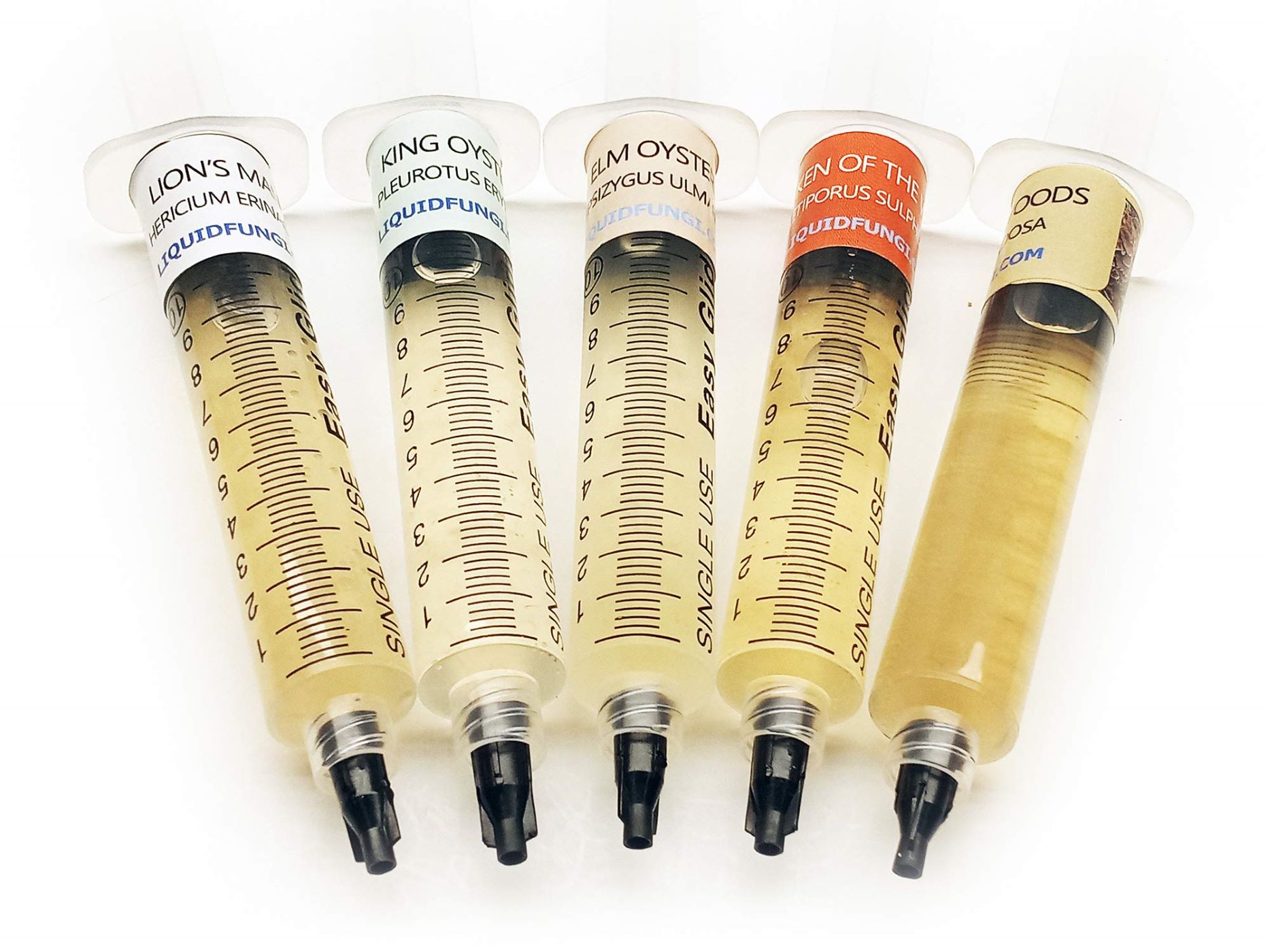
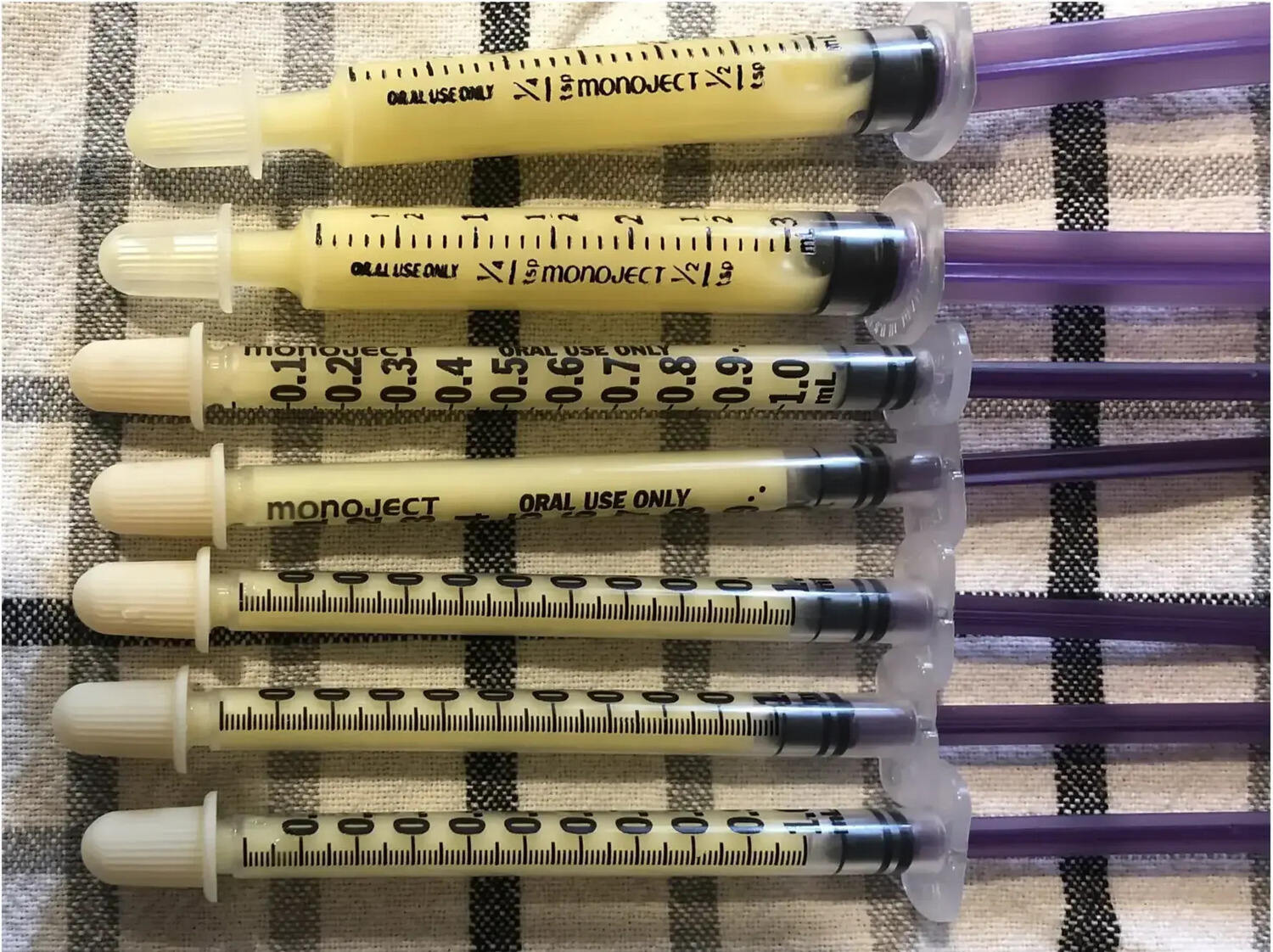
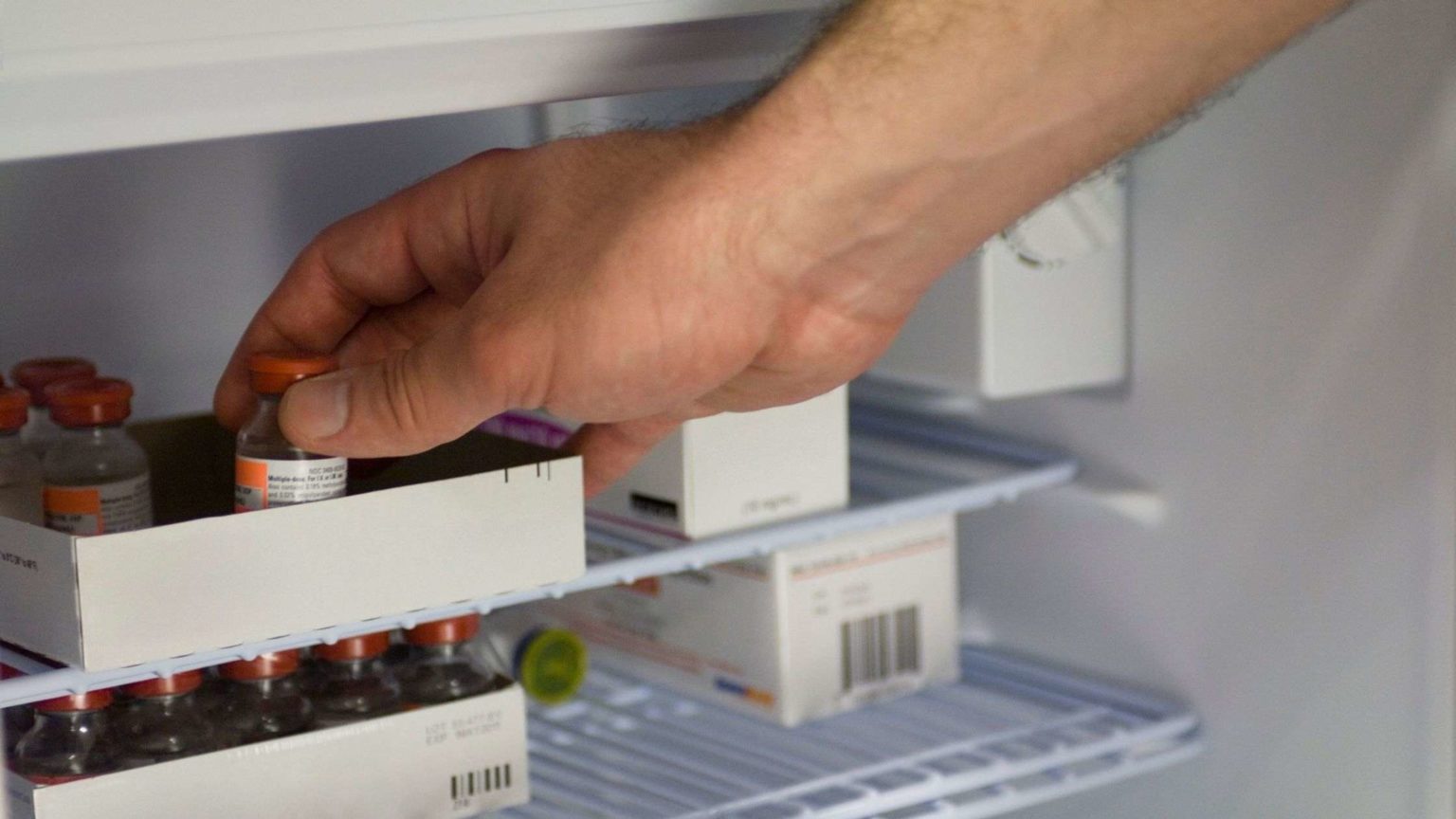
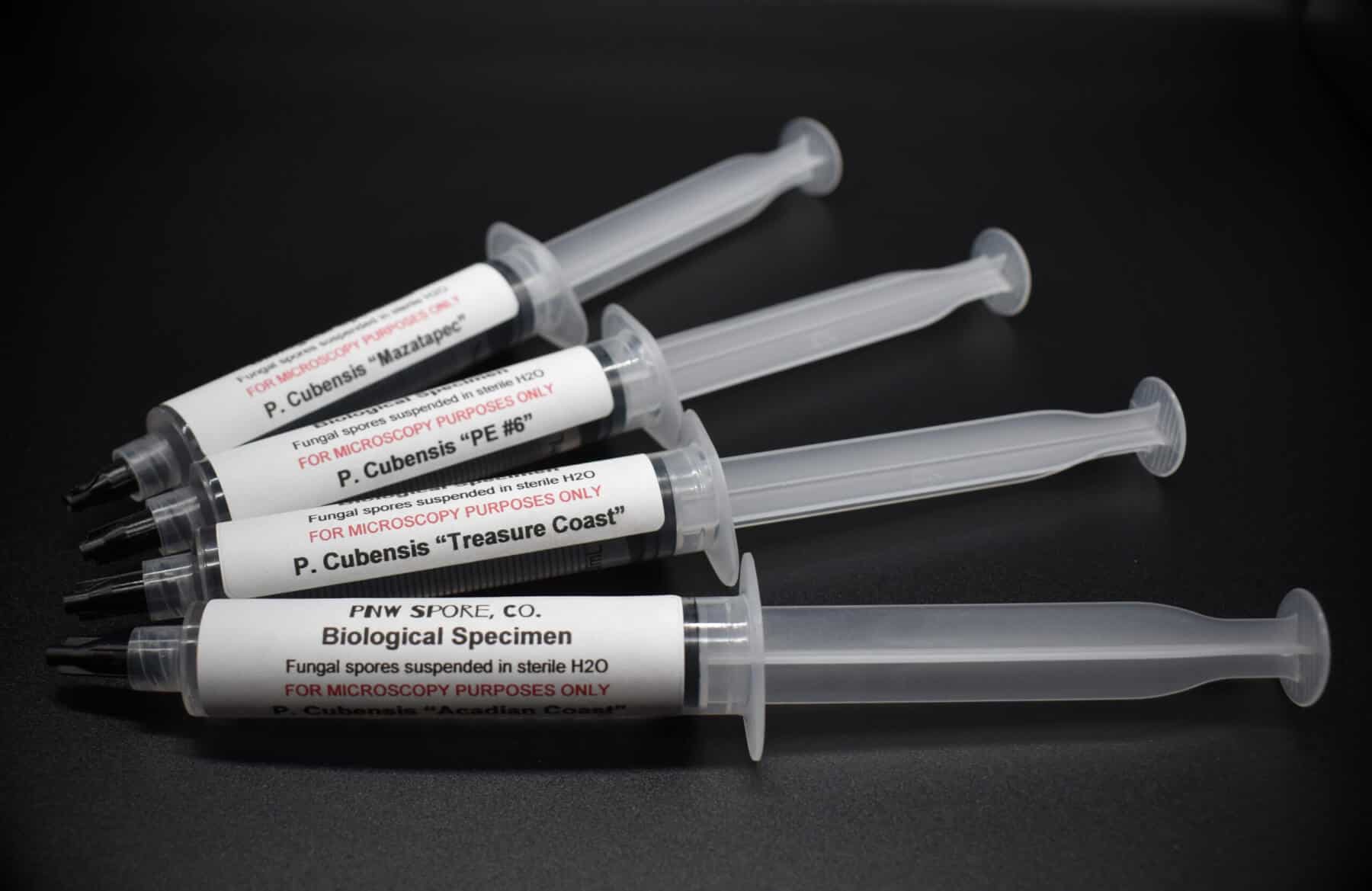
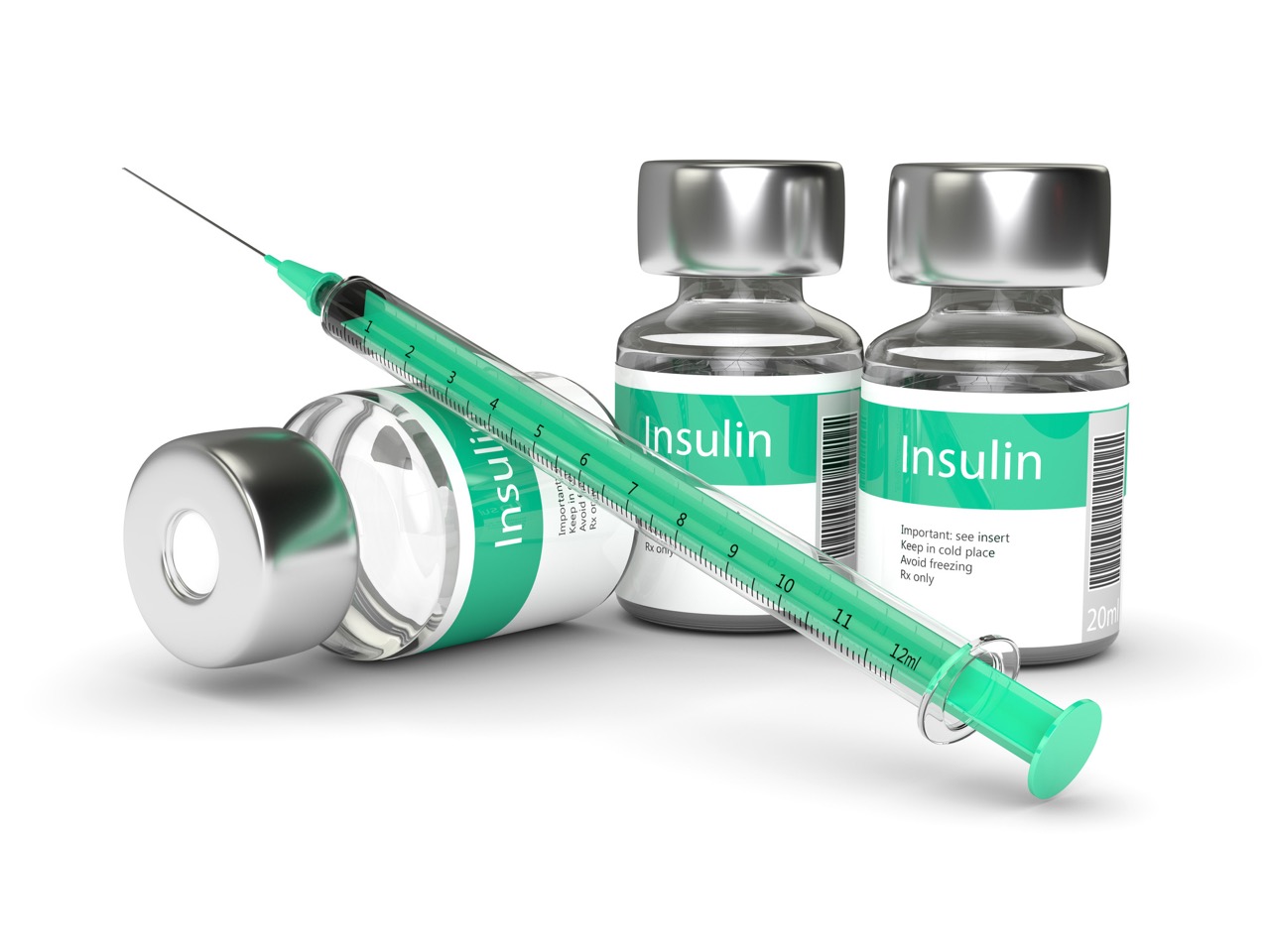
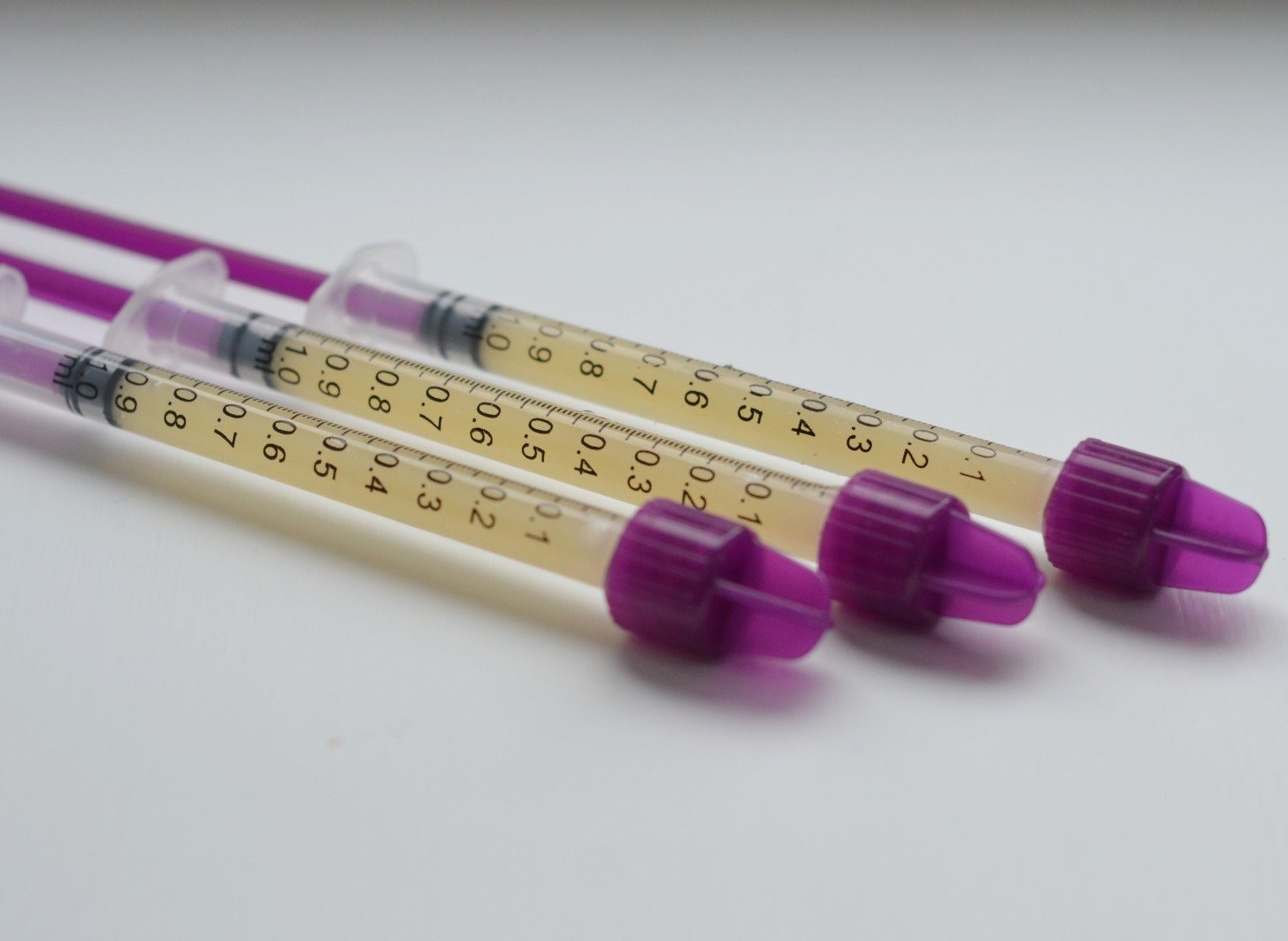
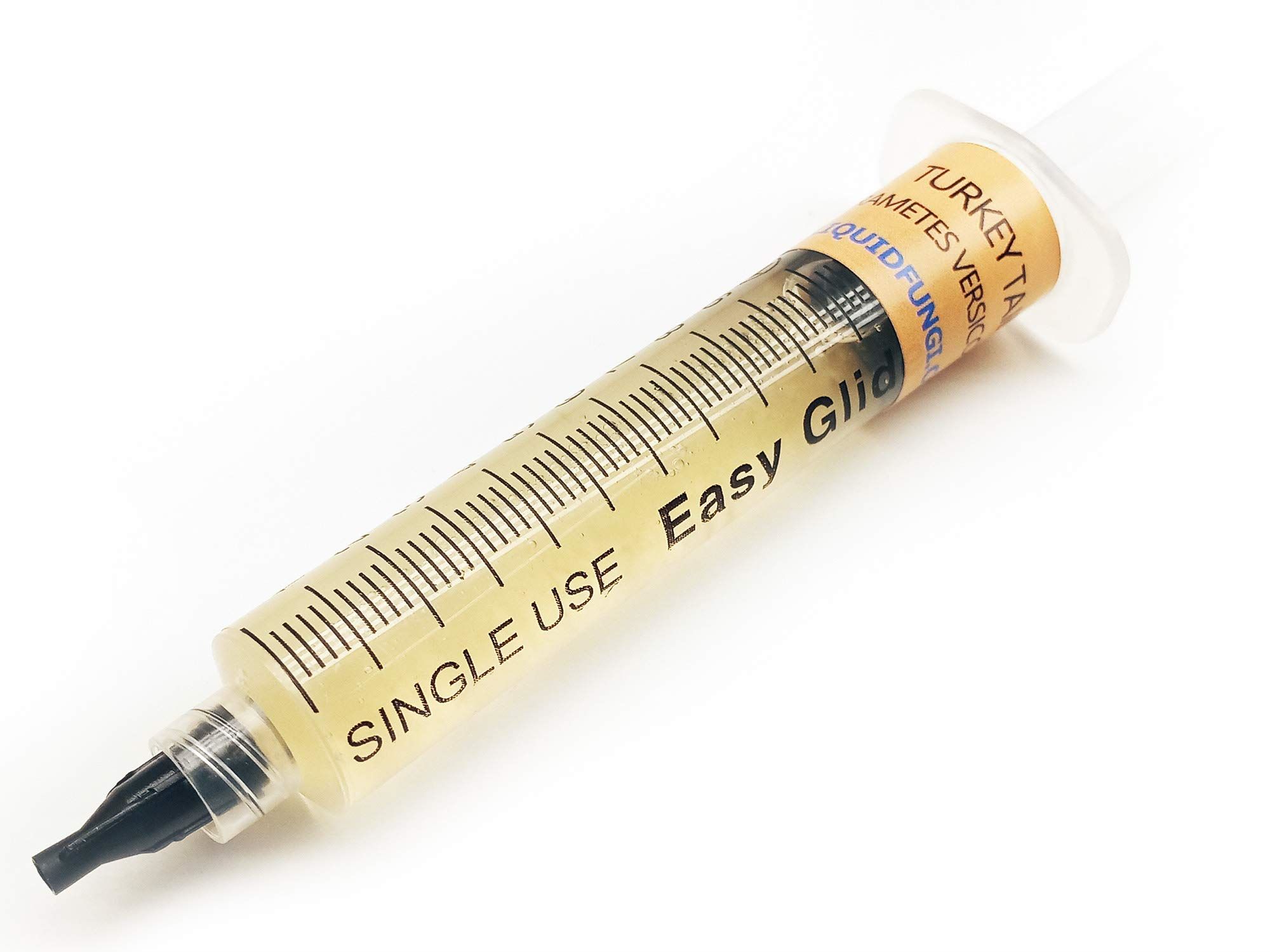
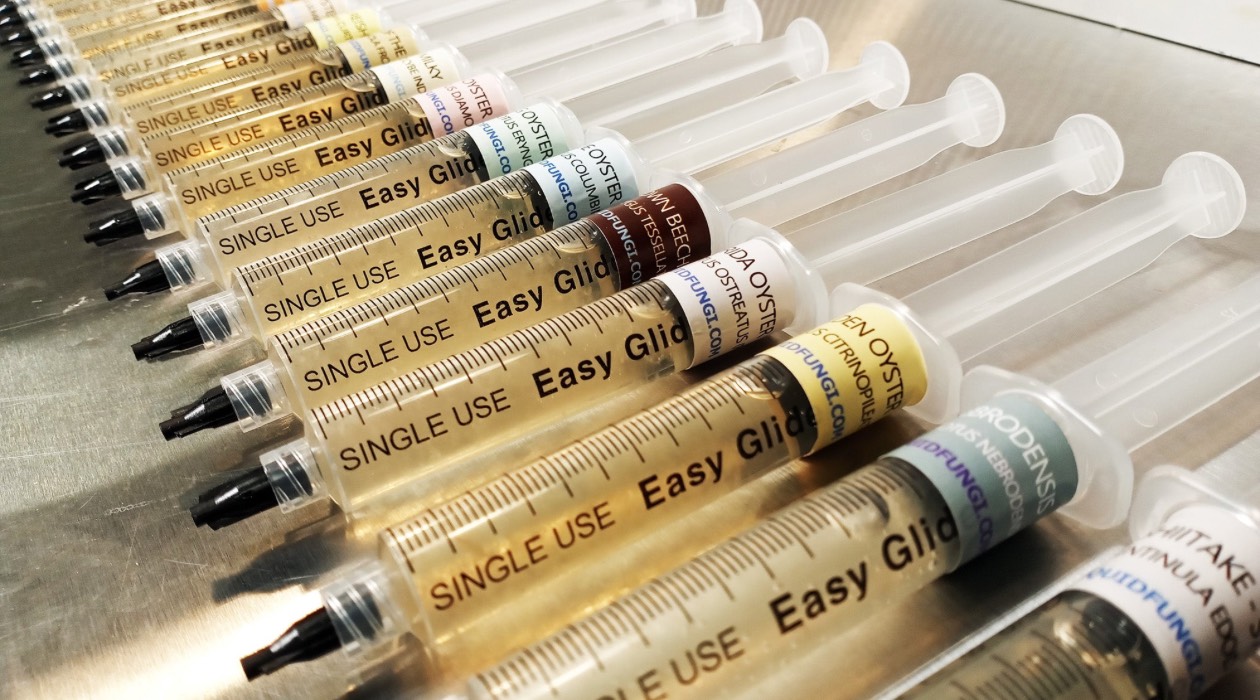
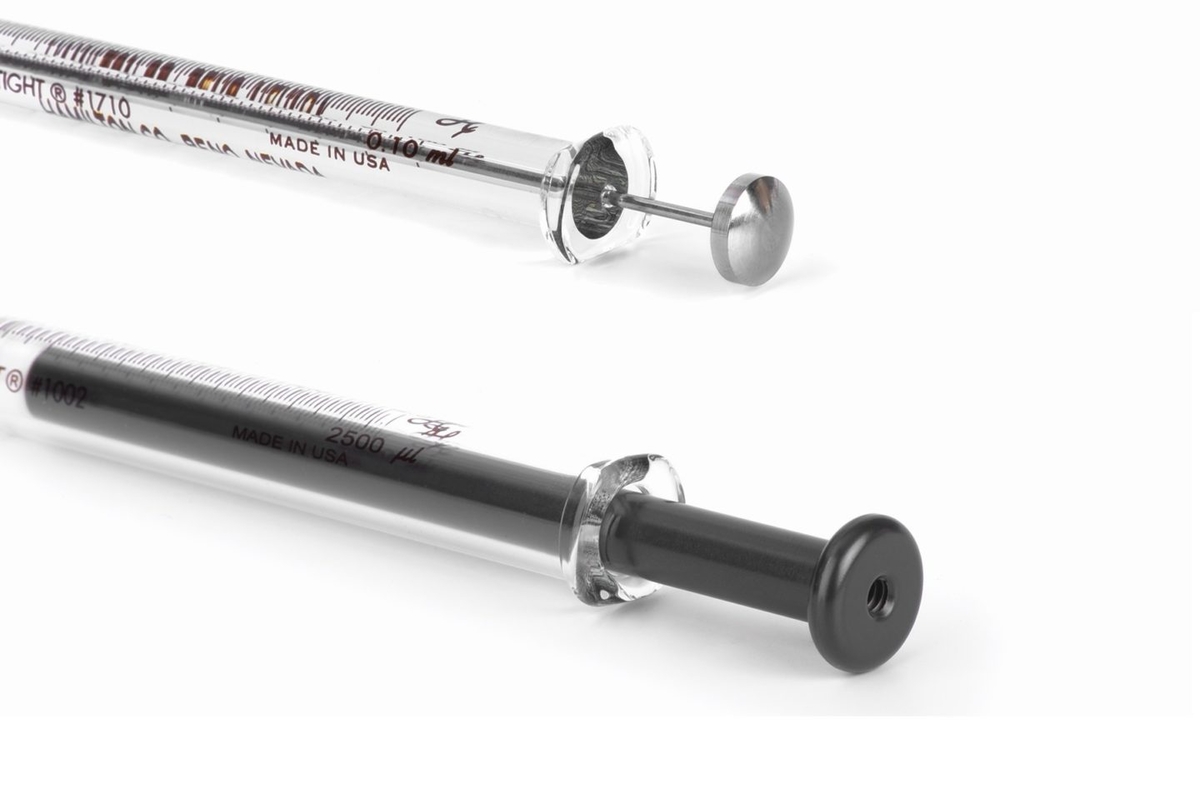
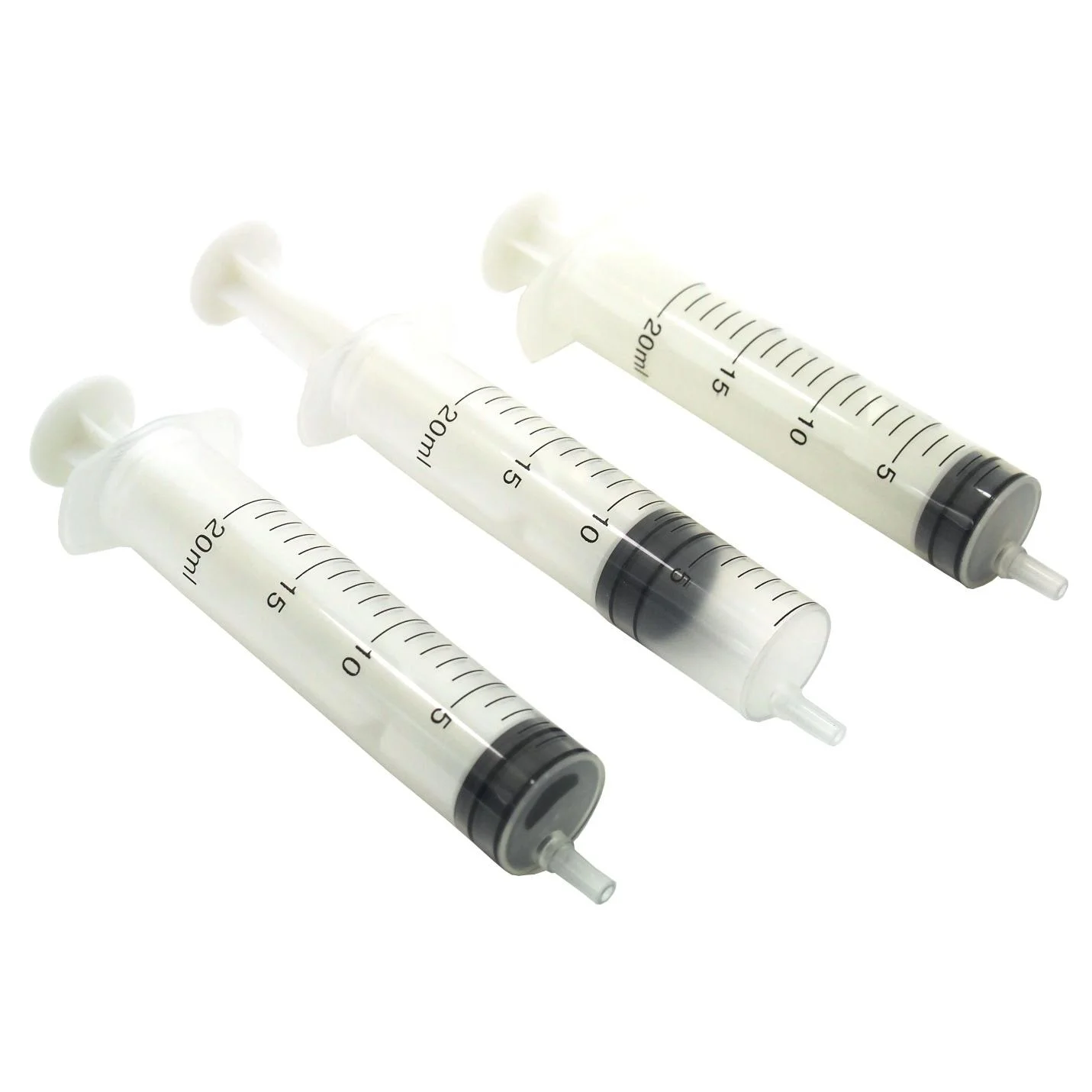
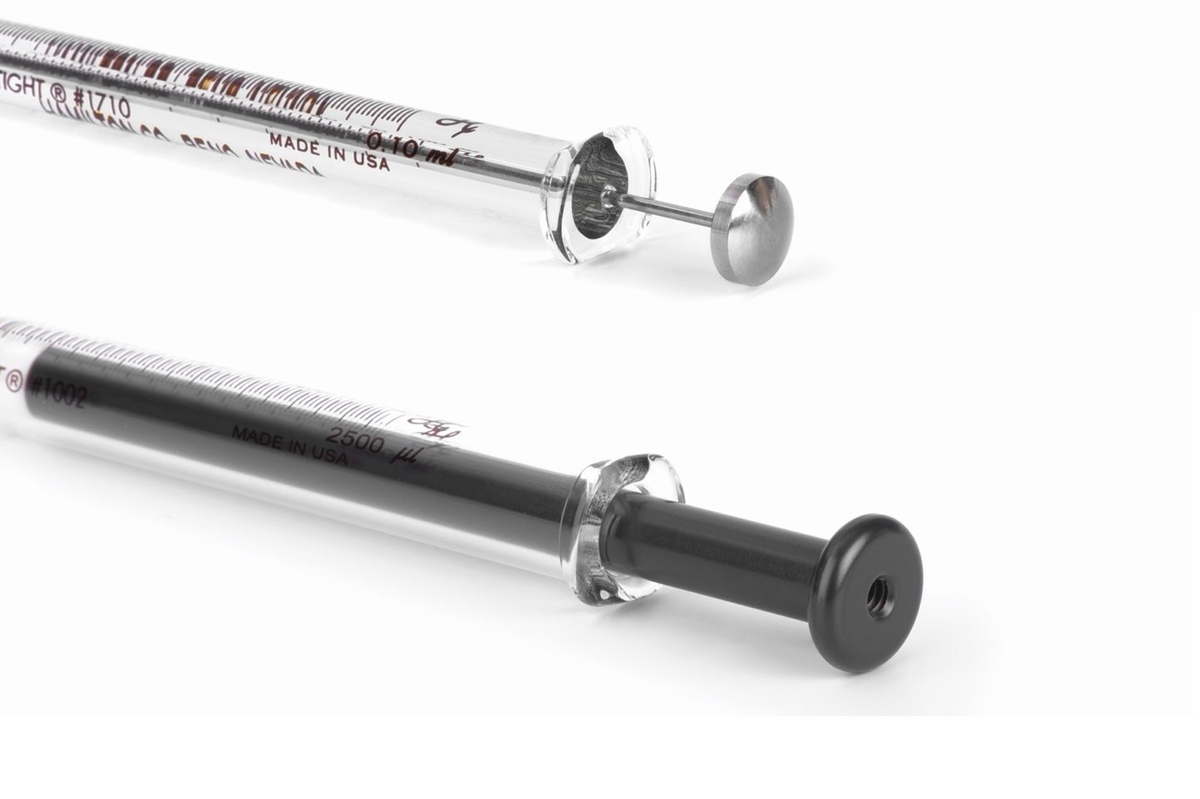
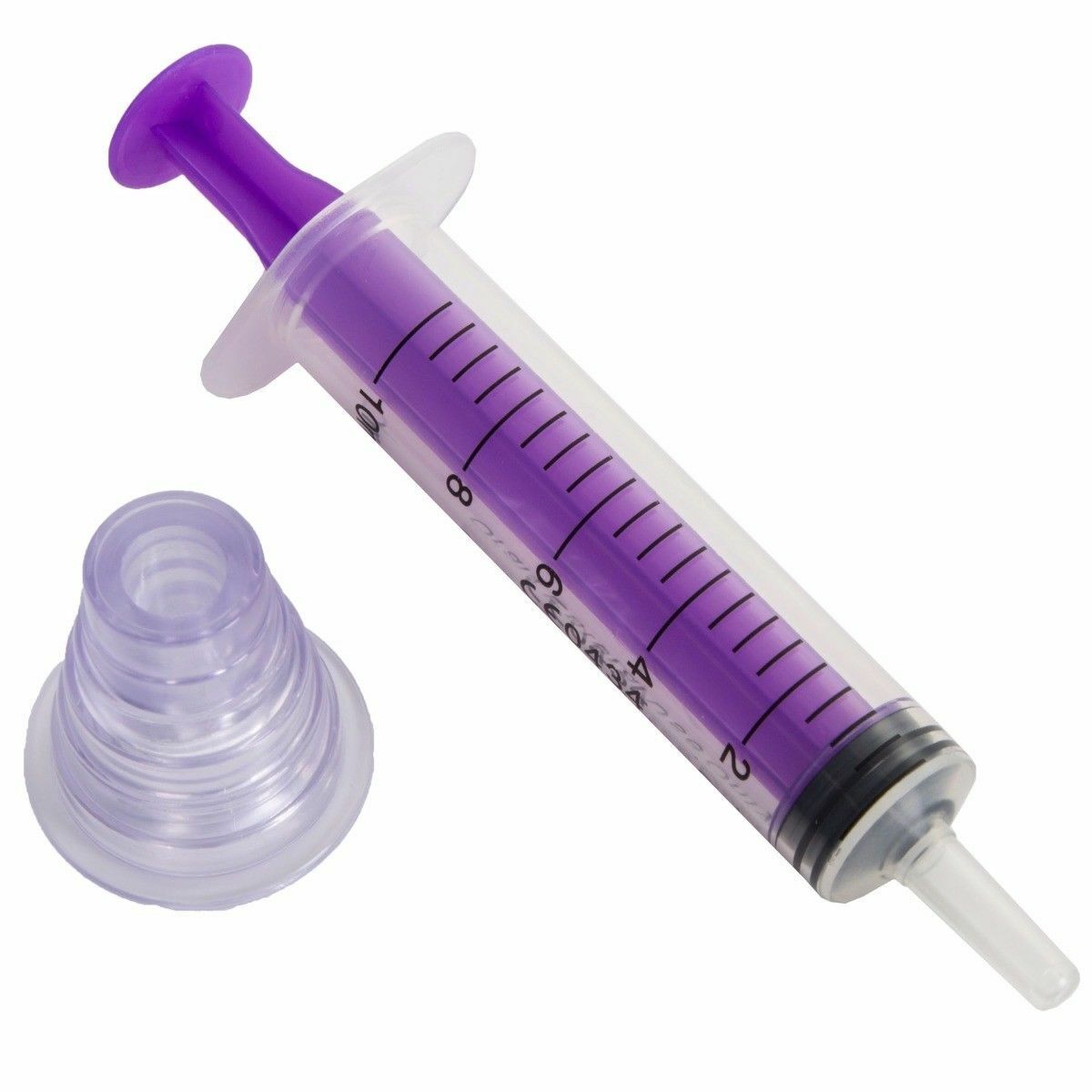



0 thoughts on “How To Store Prefilled Insulin Syringes”